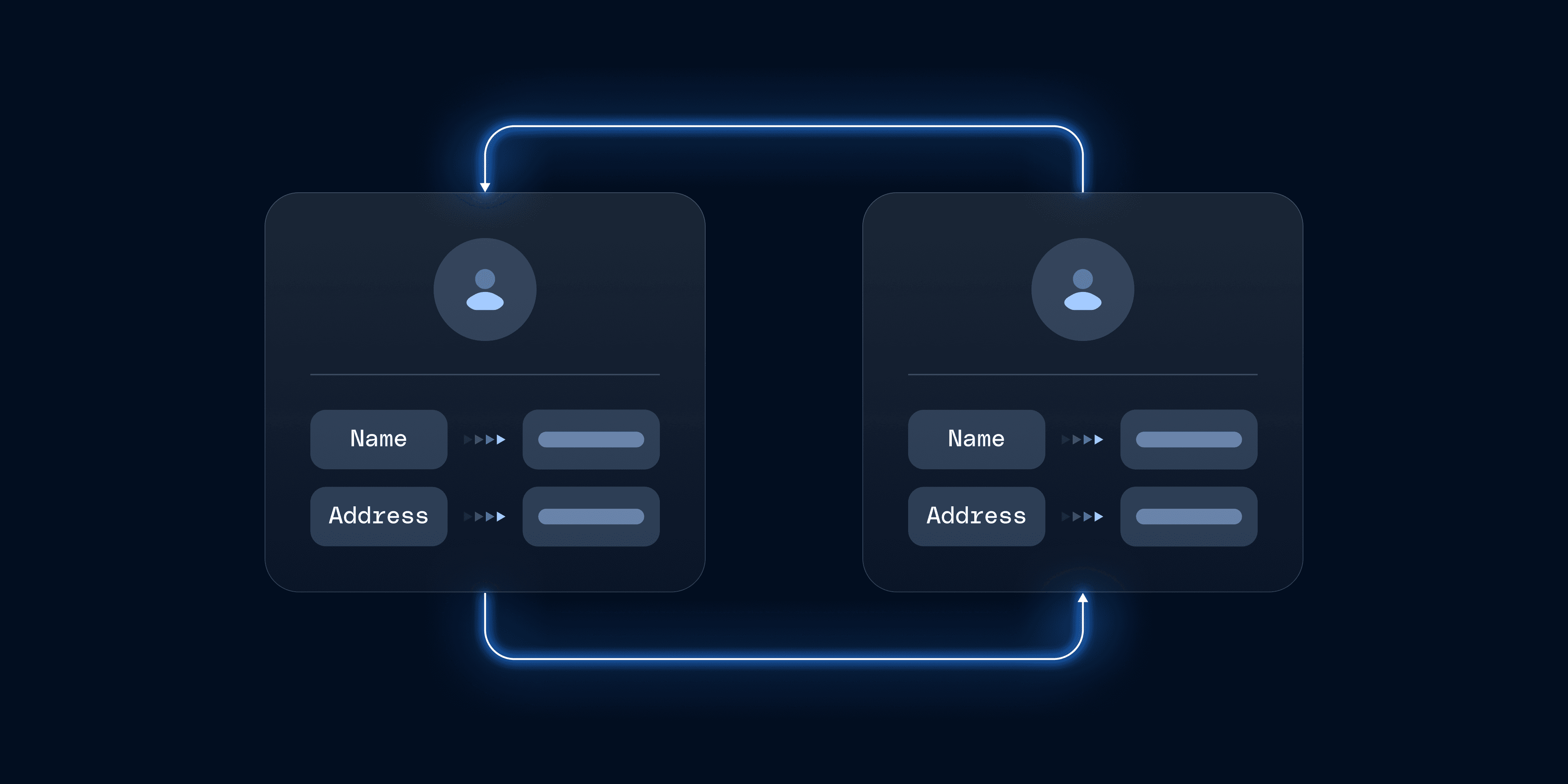What is an identity graph? How it works and why it matters

Published:
December 16, 2025

Salesforce data enrichment: Best tools for 2025
Without proper enrichment, Salesforce customer records can become stale, incomplete, and increasingly disconnected from reality. Learn about the best tools for real-time syncing, identity resolution, and deep integration with modern data stacks.

CIAM: What is customer identity and access management?
Learn how CIAM secures logins, improves UX, and enables compliance and personalization at scale—and how unifying CIAM data with your stack drives safer, smarter customer experiences.

Deterministic vs. probabilistic models: A guide for data teams
This article compares deterministic vs probabilistic identity models for data teams. See when to use each, how they differ on accuracy, adaptability, and compliance, and how RudderStack Profiles enables a hybrid, warehouse-native approach.





